Novartis’s big bet on sickle cell disease struggles to reach Kenya
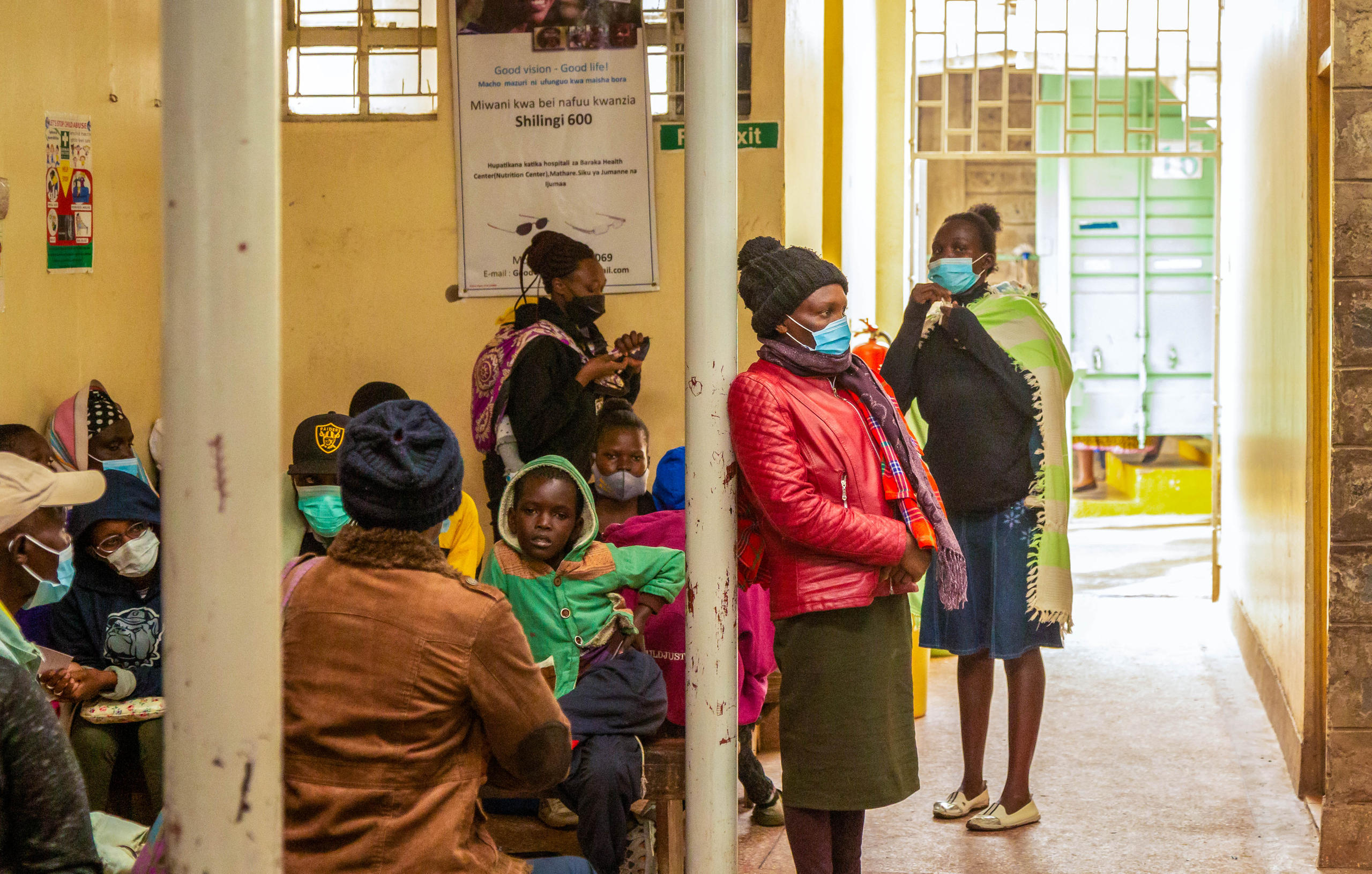
After years of neglect, a revival is underway in the treatment for sickle cell disease, a life-threatening genetic disorder afflicting millions globally. Swiss pharma giant Novartis is among the companies developing potentially game-changing drugs but it could be decades before they reach the people who need them most in Kenya.
In November 2019, Novartis executives had good reason to congratulate themselves. Their drug crizanlizumab, sold under the brand name Adakveo, had just received the green lightExternal link from the US Food and Drug Administration (FDA), becoming the first treatment to target the source of the unpredictable and excruciating pain that afflicts sickle cell disease (SCD) sufferers.
This is part of our series on the dilemmas facing governments, hospitals, and patients over the affordability of new, expensive treatments for cancer and other life-threatening genetic diseases. You can find all of the stories in the series on this page.
People with the disease, around 70% of whom live in Africa, have a genetic mutation that deprives red blood cells of oxygen, causing severe organ damage and such debilitating pain that it’s difficult to hold down a job or go to school. Some 50-80% of children with the disease in Africa die before they reach five years old.
Adakveo is one of three SCD drugs approved by US regulators in the last five years. Before 2017, no new treatments had come to the market in two decades.
Once confined to the backwater of drug development, research into treatment for SCD has undergone a revival in the past decade because advances in genetic sequencing and technologies are offering hope that cures for genetic diseases are within reach.
US and European regulators also give incentives for so-called orphan diseases – rare medical conditions of which sickle cell is one – that speed up approvals for new drugs, cutting development costs by a third, according to some estimates. Other incentives, like a longer period without generic competition, also offer huge potential benefits for companies at a time when the number of sickle cell patients in lucrative markets like the US is growing.
“Sickle cell is really common in the world, but it’s generally been ignored,” said Elliott Vichinsky, a pediatric hematologist from UCSF Benioff Children’s Hospital in Oakland, California, who has been researching SCD for more than 40 years. “Thanks to various incentives, companies can now save on drug development so a lot of them are interested in sickle cell. This has led to an explosion of drug development.”
Sickle cell disease is a life-threatening illness caused by a genetic mutation that is passed down to a child if both parents are carriers. This mutation causes the red cells to form the shape of a sickle that sticks to blood vessels, causing extreme pain anywhere in the body and organ damage.
The disease affects around 120 million peopleExternal link worldwide. Some 70% of whom live in Africa, 20% in South Asia, and 8% in North Africa and the Middle East. The sickle cell gene is common in Africa because it offers some protection against malaria, which is common on the continent.
Due to migration, the disease is becoming more common in other parts of the world. Some 300,000 children are born with the disease each year globally. This number is expected to riseExternal link by 30% by 2050.
Survival is improving thanks to access to treatments such as hydroxyurea. In the US, some 90% of people with the disease live into adulthood but average life expectancy is still low at around 43 years. In Africa, 50-80% of children with sickle cell disease die before they reach five years old.
There is currently only one clinically approved cure, a bone marrow transplant, but this procedure is risky and it’s difficult to find a donor. Only 2,000 people with the disease have had one. According to studies, such transplants have an 85% successExternal link rate in curing the disease.
The market for SCD drugs is estimated to growExternal link to $7.7 billion in 2027 from $1.35 billion in 2019, with the US accounting for more than half.
Novartis, which dominates the SCD market, spent $665 million (CHF650 million) to buy Adakveo from a niche biotechExternal link in 2016. In August, US drugmaker Pfizer raised the stakes, paying $5.4 billon for Global Blood Therapeutics, a small biotech researching new treatments for blood disorders. A month later, Danish pharma firm Novo Nordisk bought Forma Therapeutics, which is working on a new SCD treatment, for $1.1 billion.
The go-to drug
While the pharma giants battle for control of tomorrow’s high-tech cures, SCD patients and their families in the Kenyan capital Nairobi are still struggling to get access to drugs that have been around for 40 years.
The Baraka clinic, open on Tuesdays and Fridays for SCD patients, is wedged among food stands and M-Pesa mobile money kiosks along rows of corrugated metal rooftops in Mathare, the capital’s second-largest informal setttlement. Emaculate Achieng’s nine-year old son, Shadrack Otenyo, is one of some 500 sickle cell patients who come here on a regular basis. For children under five, visits and most drugs are free thanks to the Children Sickle Cell FoundationExternal link and German Doctors, a non-profit that sponsors services at the clinic.
But the 38-year-old mother of three needs to pay KES300 (CHF2.40) per visit for Shadrack, which includes a consultation with doctor Moses Apela, classes on nutrition, emergency services, counseling, and several medications and supplements like folic acid. This is less than half the cost of an average doctor’s visit in Nairobi but still difficult as a majority of Kenyans still pay for many services from their own pocketsExternal link.
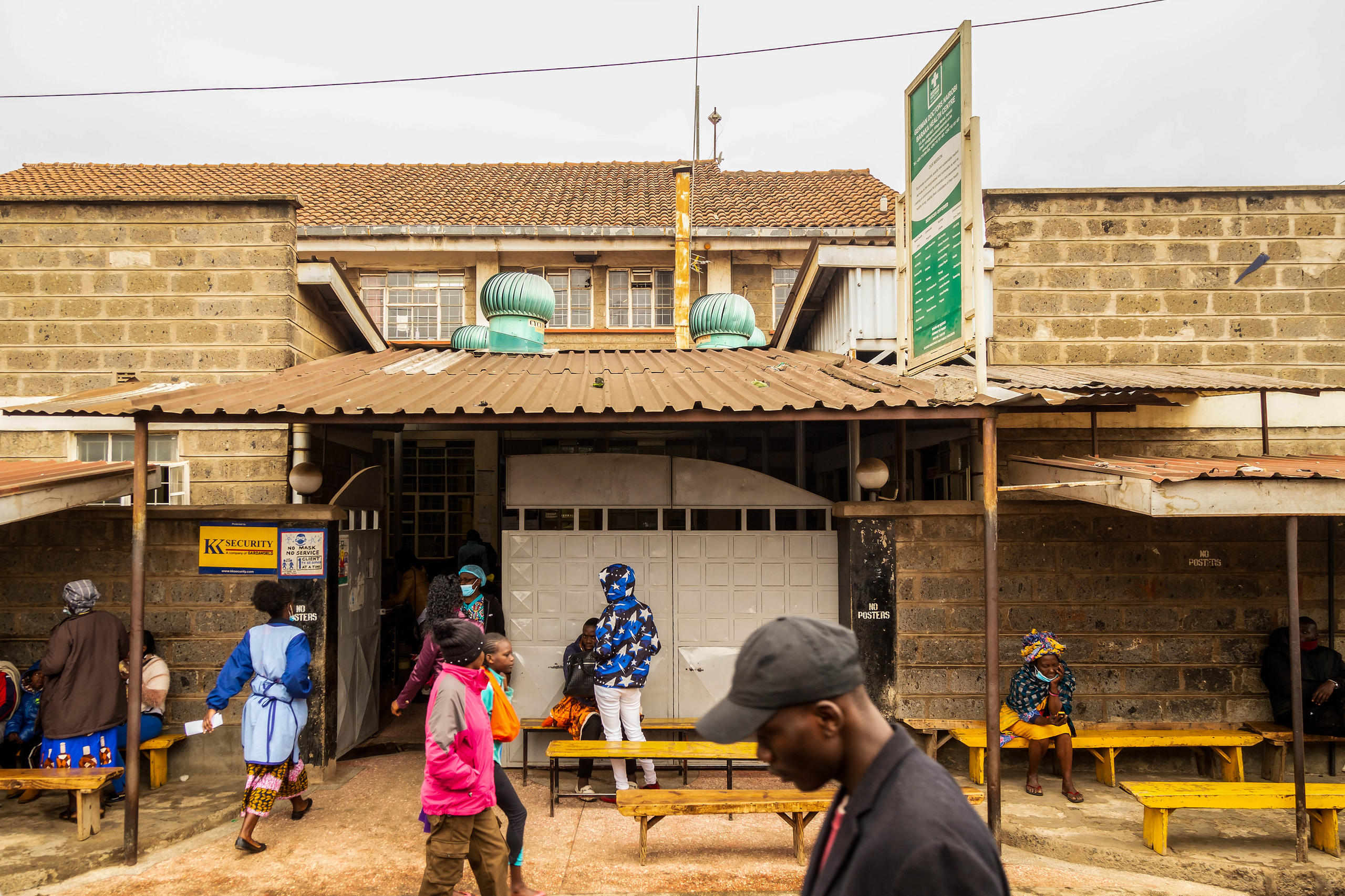
There’s one drug that isn’t included in Shadrack’s fee nor is it covered by national insurance – hydroxyurea, the go-to drug for most SCD sufferers.
It was first approved by US regulators in 1967 for certain blood cancers but in the 1980s hydroxyurea was found to return red blood cells to their normal shape, dramatically reducing the frequency of SCD pain attacks that can affect almost any part of the body and last from a few hours to several days.
Studies in the US show that giving hydroxyurea and penicillin every day from the age of nine months improves survival for children under fiveExternal link by more than 80%.
Why we chose to cover this story
There’s been incredible innovation in the treatment of cancer and other genetic diseases that is improving survival and quality of life for many people. However, these aren’t reaching most of the world. We wanted to understand why and what is being done to ensure that everyone has access to potentially life-saving treatment.
Finding sources
In all our reporting, we are vigilant in ensuring balanced reporting. This means all relevant facts and positions are considered when selecting sources to analyse a subject. In this case, we reached out to global health organisations with projects in Kenya for suggested experts, spoke to the largest pharmaceutical companies in Basel and in Kenya, and worked with a local journalist to identify government officials, hospitals, and patient organisations that are influencing the debate and create a space for patients to share their experiences. We traveled to Kenya for first-hand accounts of the topic, and to make our own observations of the issues.
If you want to know more about how we work, have a look here.
Get in touch
If you have any question regarding this topic that you’d like to have answered, or start a discussion with us and other readers, let us know via email: english@swissinfo.ch.
As a pill, hydroxyurea is easy to administer and has been off patent for years, opening the market to cheaper generic versions. But while it’s relatively cheap, distribution mark-ups make it unaffordable for many Kenyan SCD sufferers and their families, who tend to be among the poorest.
The Baraka clinic pharmacy charges KES20 (CHF0.16) per pill. Although that’s 60-70% cheaper than the price in commercial pharmacies thanks to a deal with Novartis, one of the manufacturers, the cost can mount as patients need to take at least one pill a day on top of many other medical expenses.
Shadrack has only had one painful crisis in the last year thanks largely to hydroxyurea. But Emaculate, who makes less than KES300 (CHF2.60) a day selling bread, says there are times when the family can’t afford the daily dose of hydroxyurea, leaving her fearful that her son will once again wake up screaming in pain.
“What’s really difficult is when families have more than one child with sickle cell disease,” Moses Apela, a pediatrician at the clinic, told SWI swissinfo.ch. “Sometimes you have a mother who has to choose which of her children can receive medicine.”
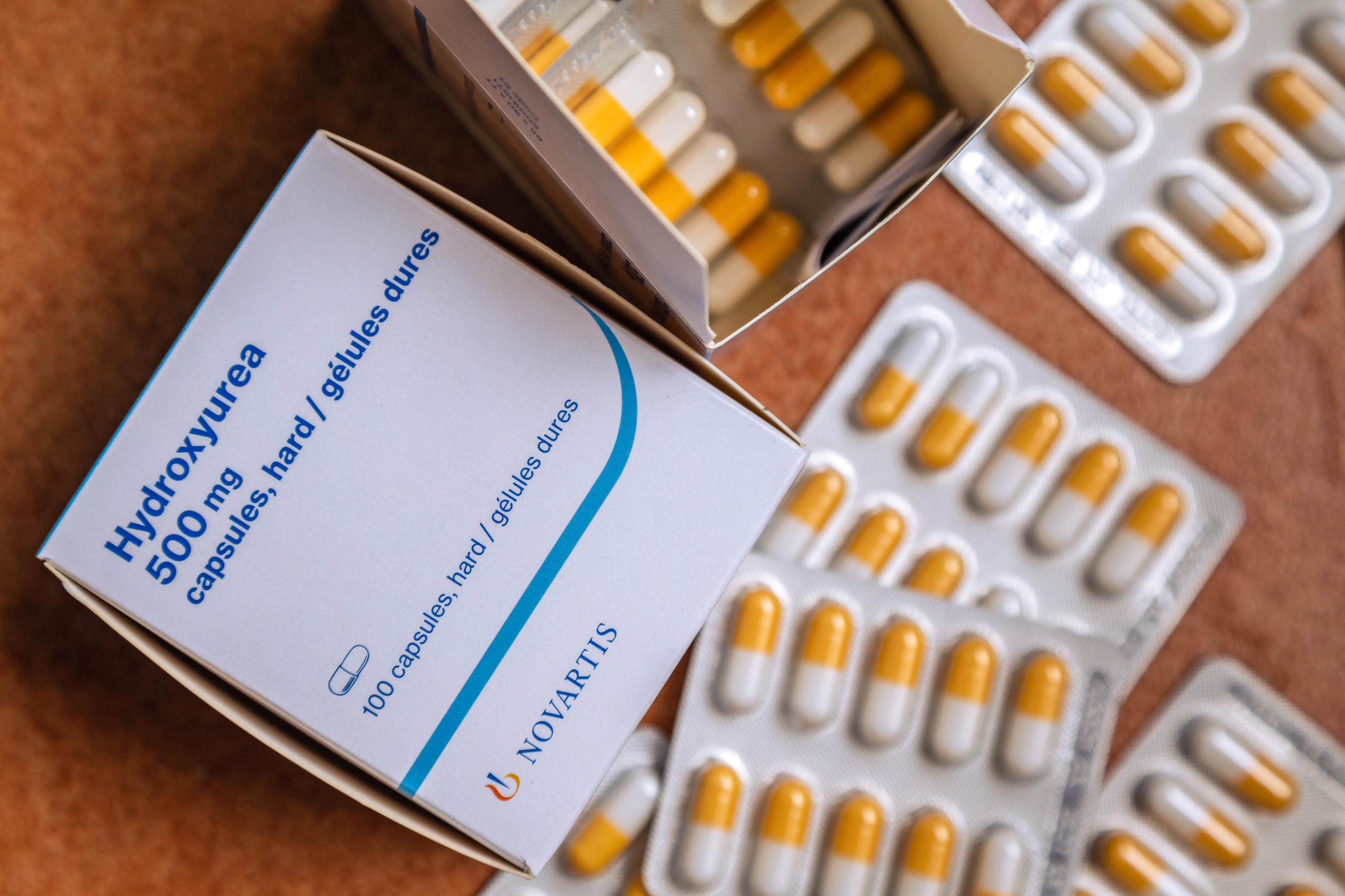
In Kisumu County, the epicentre of SCD in Kenya, the high cost of treatment discourages many parents from even getting their children tested, said Bernard Awuonda, a pediatrician at the Jaramogi Oginga Odinga Teaching & Referral Hospital.
He estimates about 50-60% of the children he sees have the disease, but they often come in too late, when they already have irreversible organ damage. “We want to screen all babies in the county and initiate early interventions like penicillin and hydroxyurea so these babies can live quality lives, be stable and go to school,” said Awuonda. “But we lack the resources.”
The Kenyan Ministry of Health is aware of the problems but with few big donors and companies interested in financing basic care for sickle cell patients, it’s simply not a priority.
A few years ago, Novartis started to offer subsidised prices for hydroxyurea and support newborn screening at hospitals like Awuonda’s as part of its sickle cell disease programme in Africa. It has also funded the development of the first-ever sickle cell disease guidelines in the country.
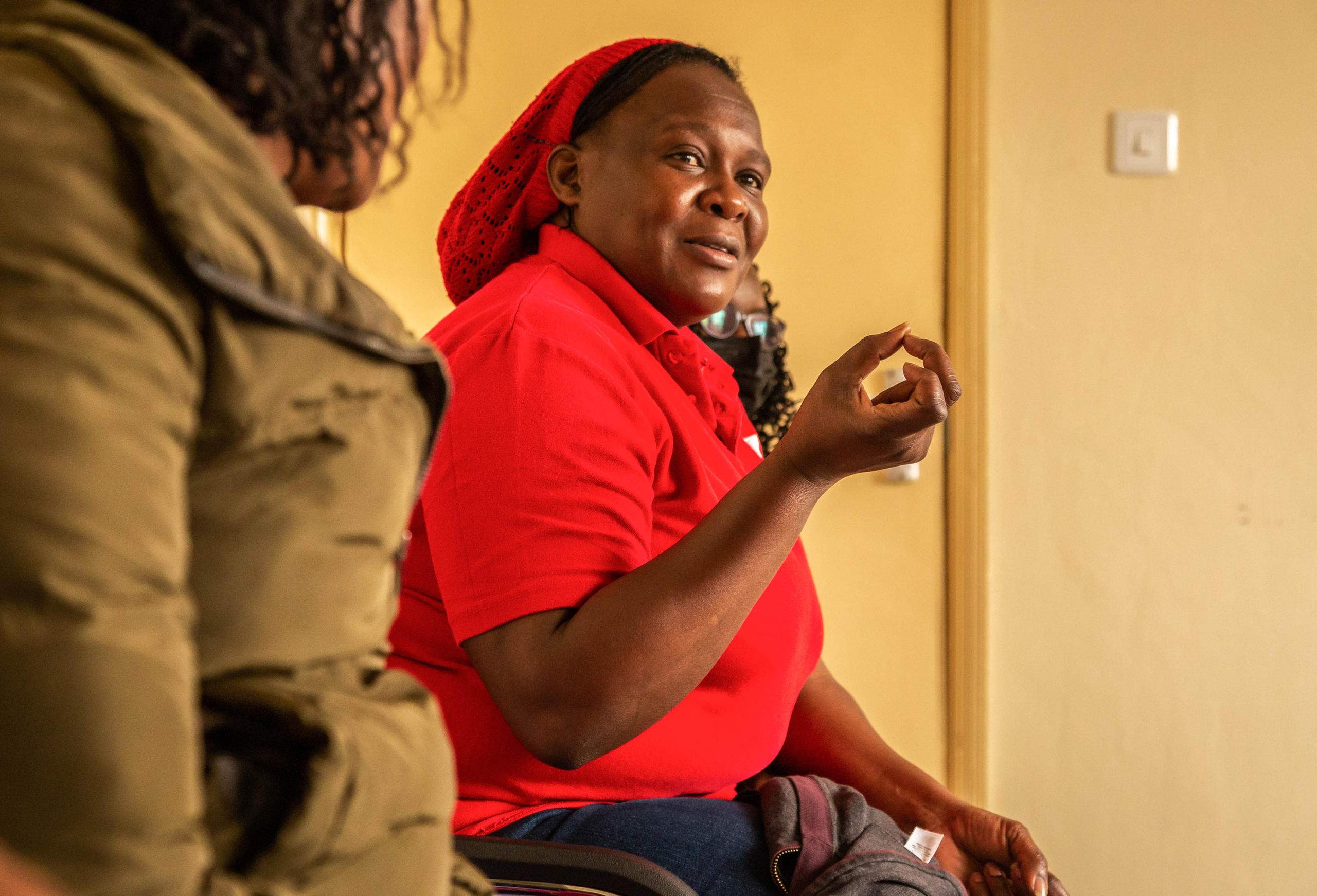
“I can’t talk about a medicine like crizanlizumab if the health system is not built to support the use of the medicine or if diagnosis and screening have not been done. These are the basics,” Racey Muchilwa, who heads the sub-Saharan Africa business at Novartis, told SWI. Donations have their limits, she added. “Our goal is to bring hope closer to the patients in a sustainable way.”
But there is still a long way to go. “The biggest gap is access and affordability of diagnostics and treatment,” said Gladwell Gathecha, who oversees SCD at the ministry and has been trying to secure a deal for hydroxyurea at a price the national insurance fund will cover.
Big innovation, big medicines
While many Kenyans wait for affordable hydroxyurea, companies continue pouring money into new treatments including gene therapies that target the mutation causing SCD, raising the prospect of a cure in a single injection. There are at least 10 gene therapy clinical trials for sickle cell underway, many of which are sponsored by Novartis.
While early testing is promisingExternal link, many experts say it could be 10-15 years before a gene therapy for SCD is on the market. When and whether any will be available and affordable for patients in Africa remains to be seen.
New treatments such as Adakveo, which isn’t a gene therapy, are already unaffordable for average Kenyans. Novartis hasn’t registered the product in Kenya yet but in wealthy countries, the price tag is $7,000-$9,500 a month.
Gene therapy prices are expected to be even higher. A gene therapy treatment made by Bluebird Bio for a related genetic blood disorder, Beta Thalassemia, was recently approved by the FDA – its cost: $2.8 million per patient. Most gene therapies also requireExternal link chemotherapy and a complicated bone marrow transplant, something rarely done in Africa because of the cost and complexity. Moreover, all gene therapy trials are happening in high income countries.
Gene therapy replaces or repairs a faulty gene or adds a new gene, which could treat or even cure a disease. Gene therapy holds promise for treating a wide range of genetic diseases, such as cancer, cystic fibrosis, heart disease, diabetes, sickle cell disease, hemophilia and AIDS.
Novartis told SWI that it estimates only 10-15% of people with sickle cell disease globally could be treated with gene therapies if they were available today. The company is working on a gene therapy that would be easier to administer and could be available at lower prices, thanks to a grant from the Gates Foundation, but it’s still early stages.
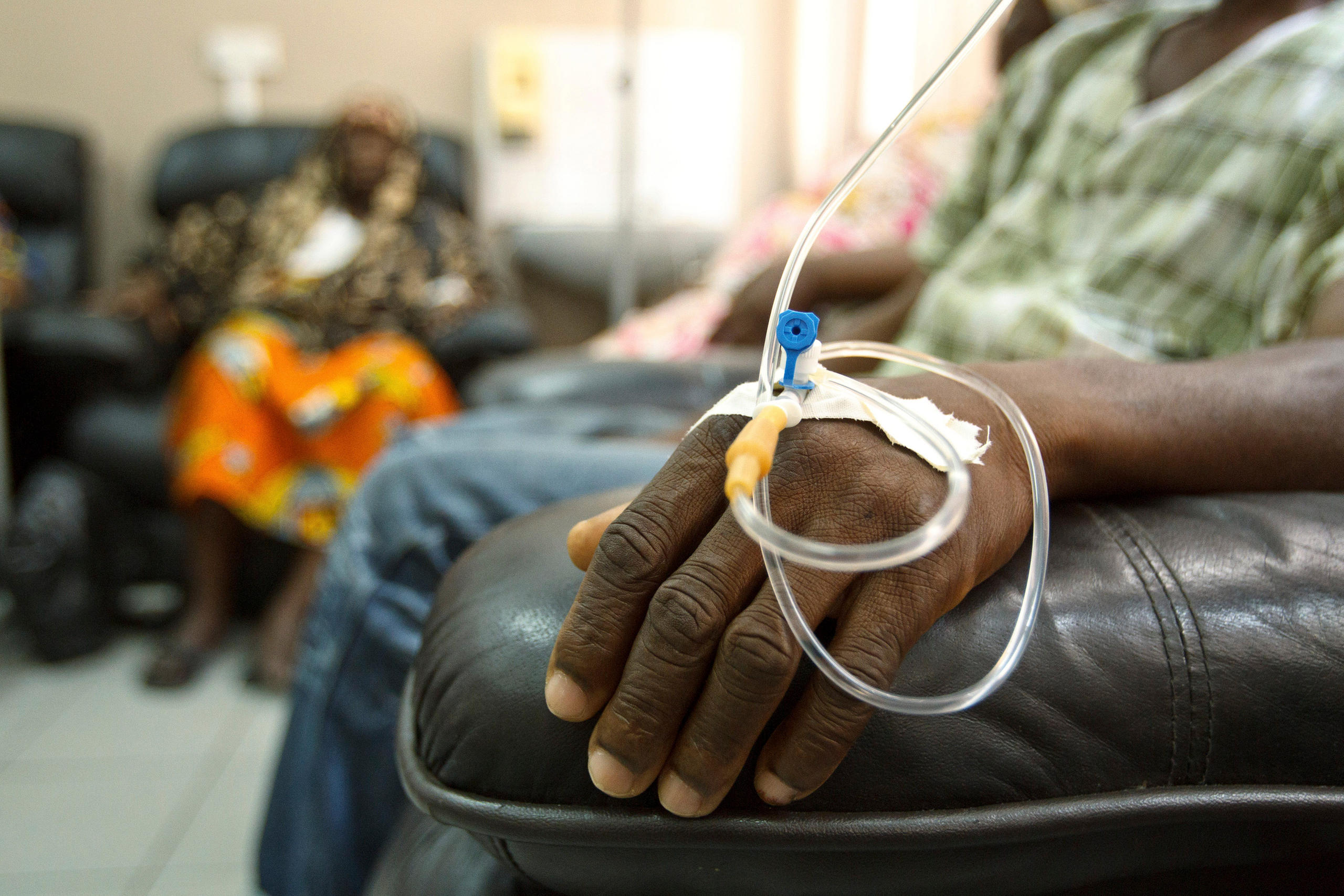
More
Why life-saving drugs aren’t saving lives in Kenya
“Gene therapies are really exciting, but the reality is that most patients die now because they can’t afford care,” said Vichinsky. Thousands of lives in Africa could be saved with existing tools but the problem is they’re cheap, so companies aren’t interested in supplying them. “Newborn screening, prophylactic penicillin and hydroxyurea for everybody would change Africa forever.”
Back at the Baraka clinic, Shadrack doesn’t have decades to wait for a cure, says Selina Olwanda, who runs the Children’s Sickle Cell Foundation. “A child who is born with sickle cell didn’t choose this,” she told SWI. “He needs medicine to survive.”
Additional reporting by Mercy Murugi, a film producer in Kenya. Photo editing by Ester Unterfinger. Edited by Nerys Avery.

In compliance with the JTI standards
More: SWI swissinfo.ch certified by the Journalism Trust Initiative
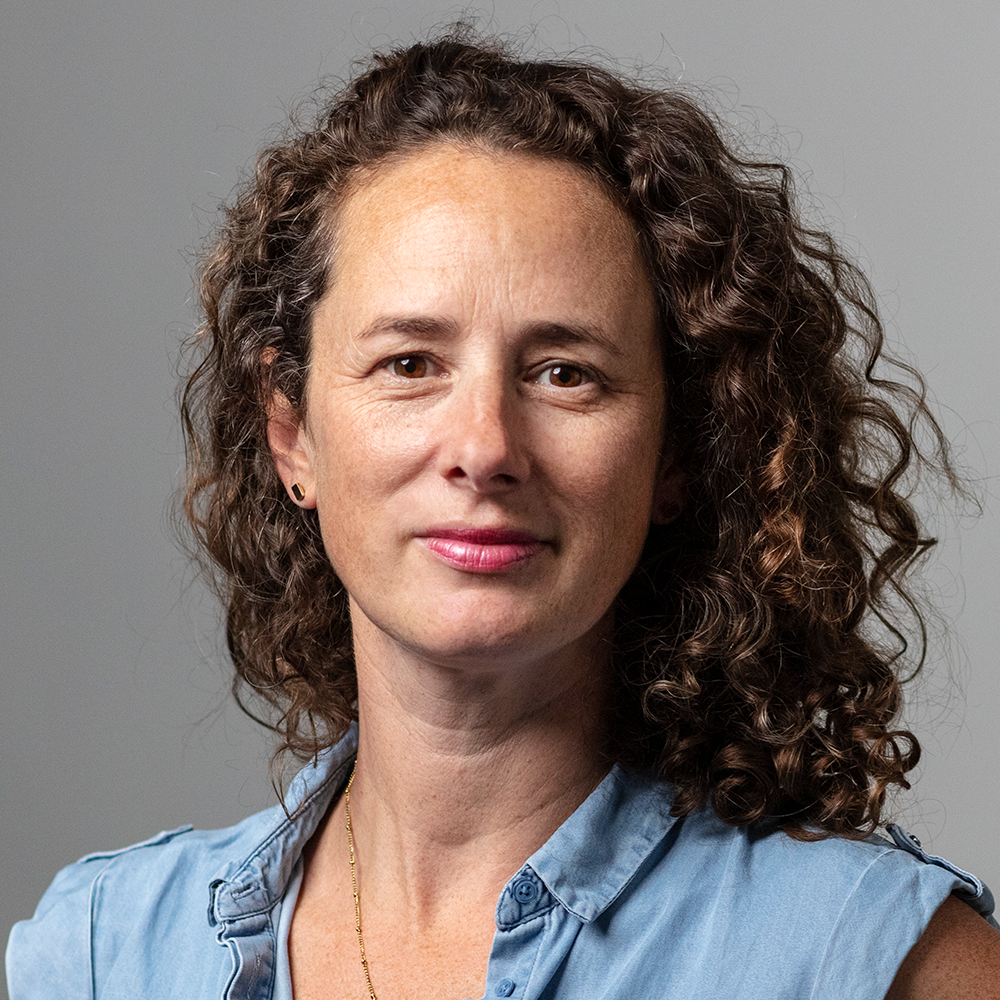
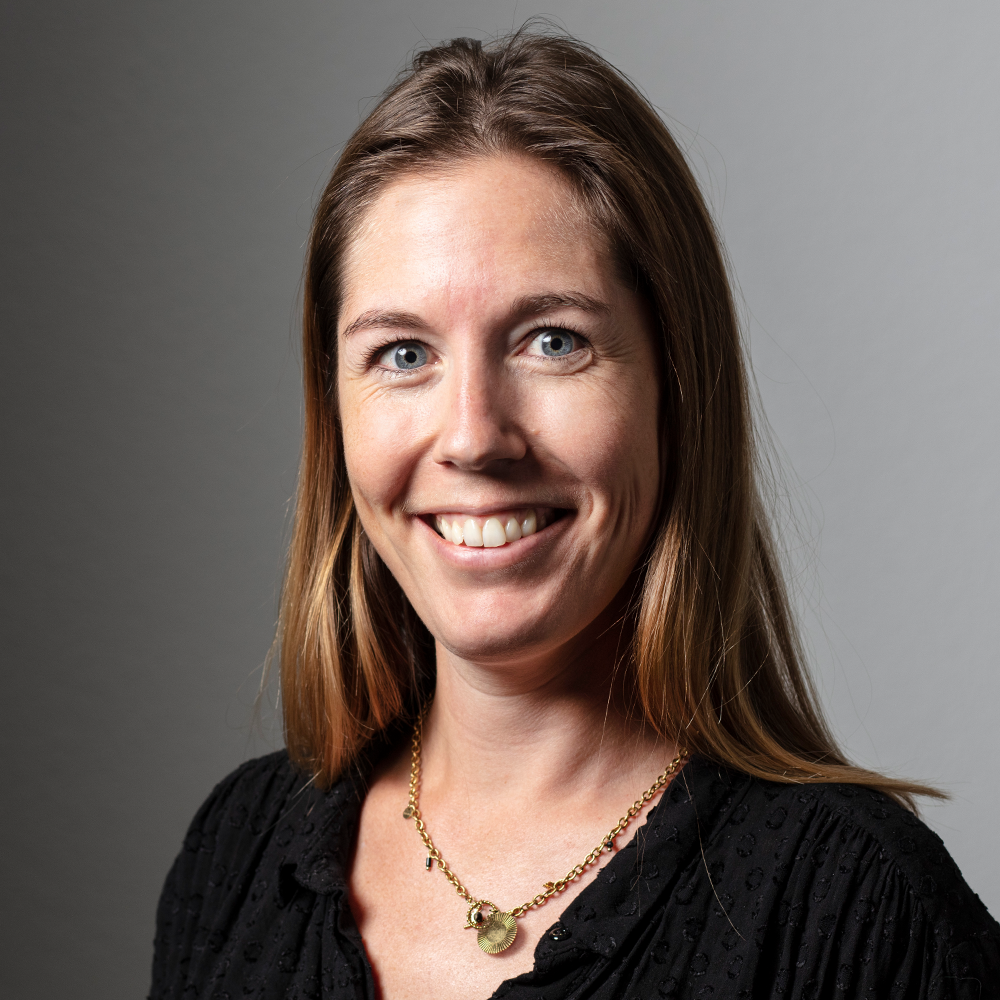
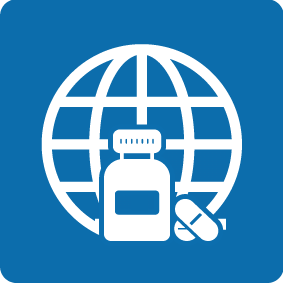
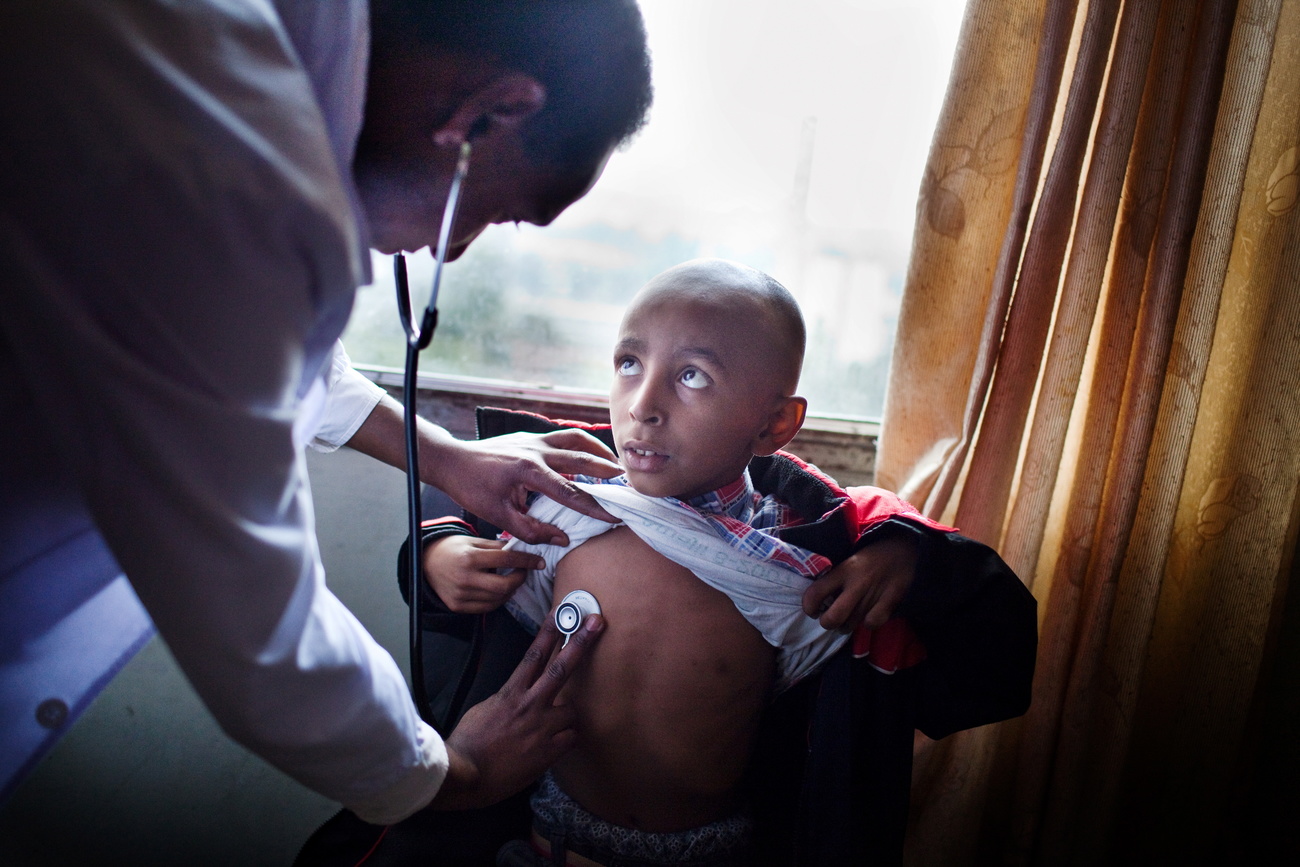
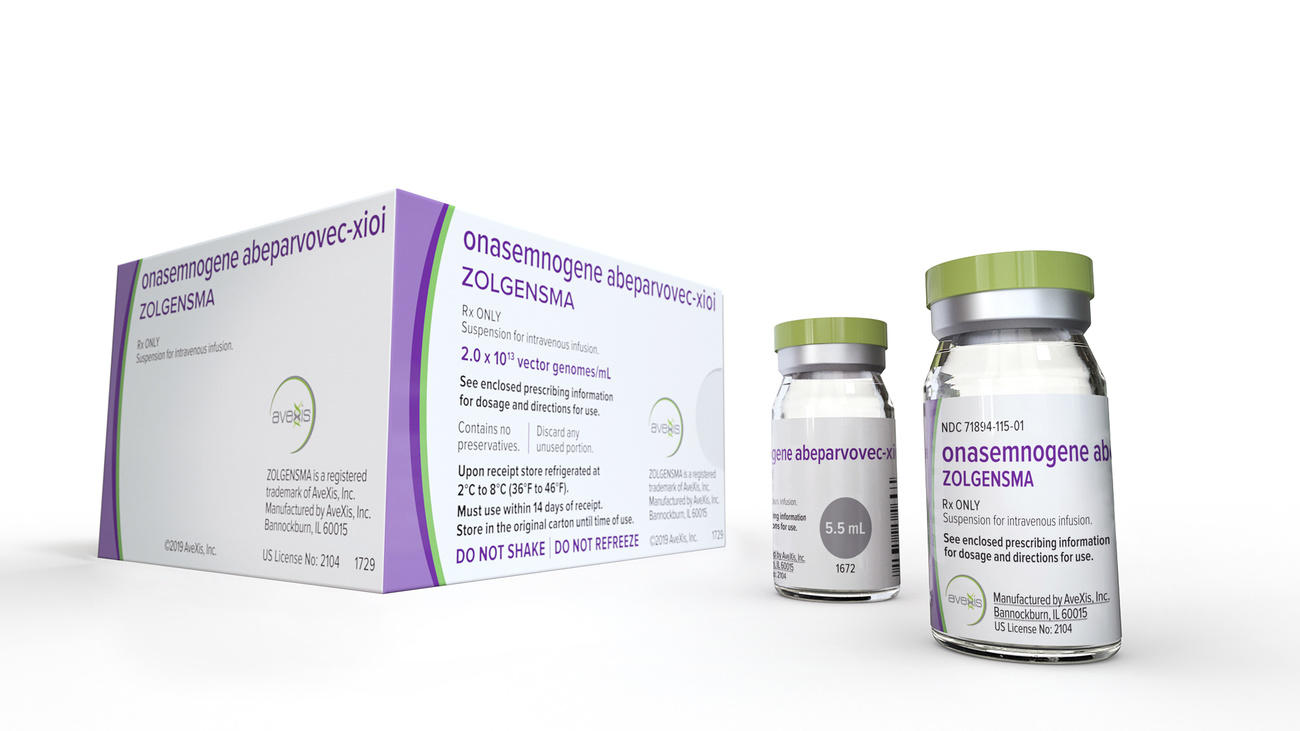
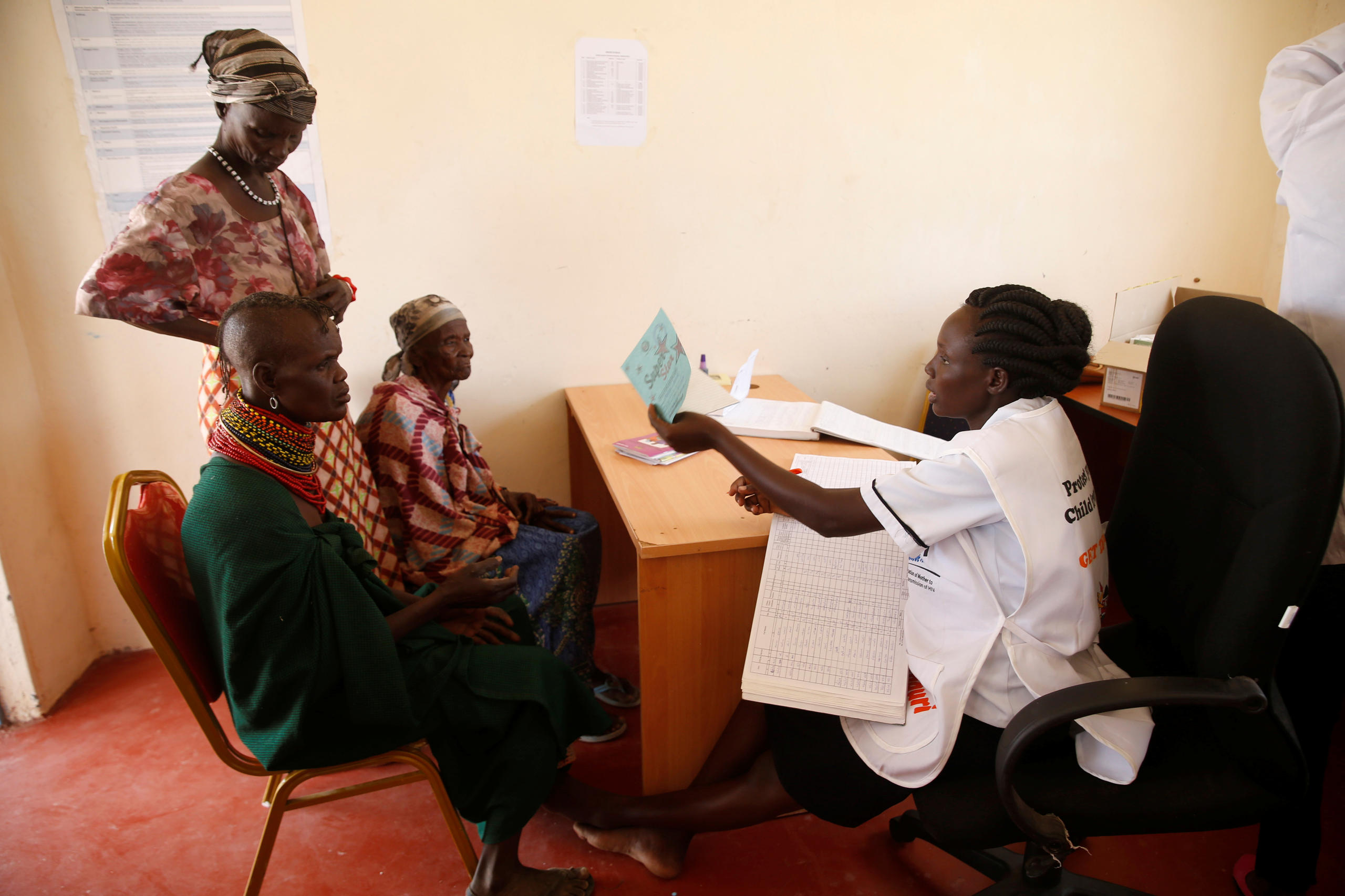
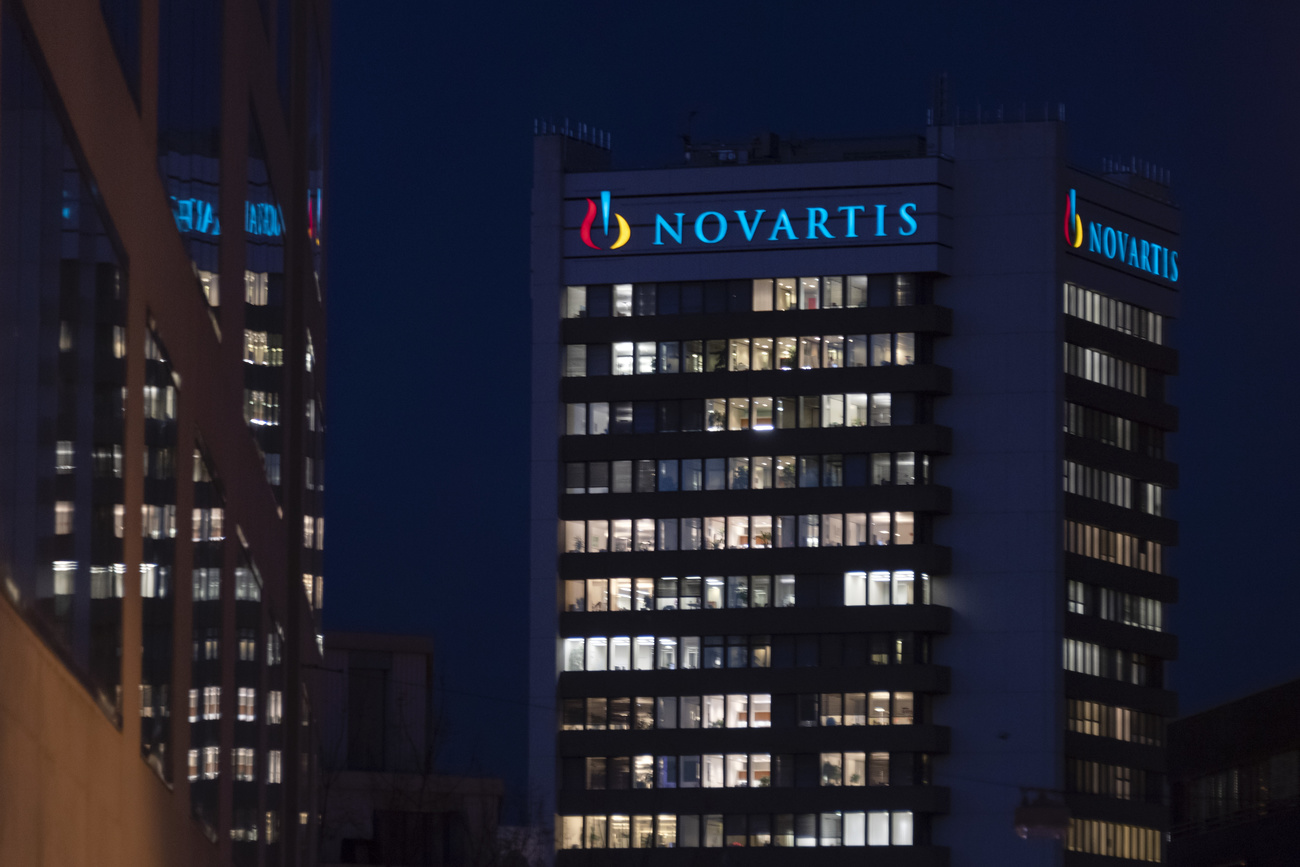
You can find an overview of ongoing debates with our journalists here. Please join us!
If you want to start a conversation about a topic raised in this article or want to report factual errors, email us at english@swissinfo.ch.